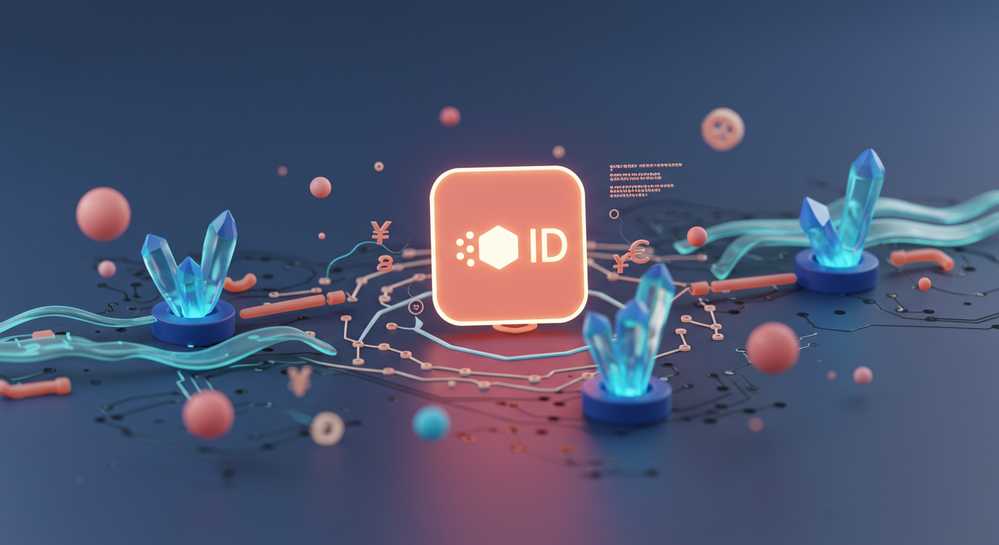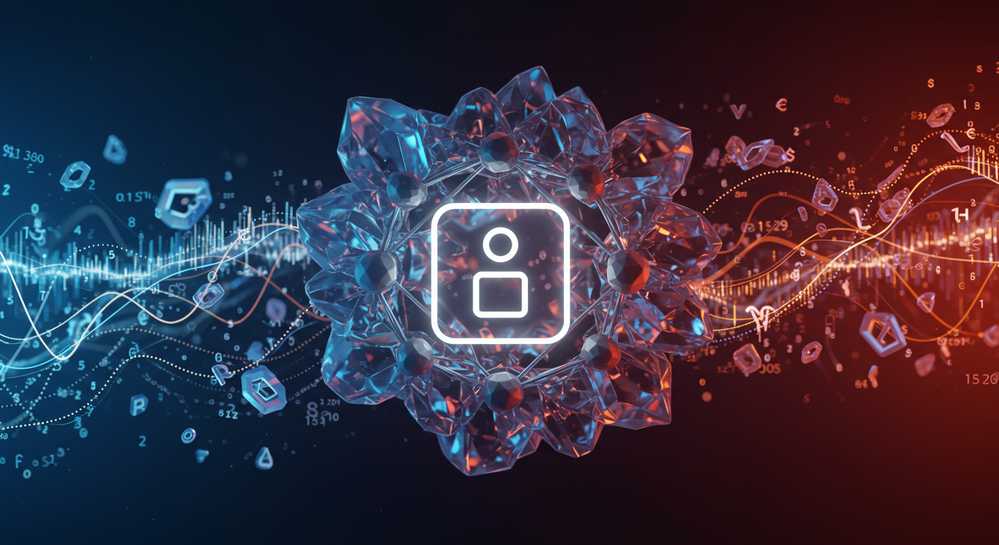The world of blockchain technology often introduces complex terms that are fundamental to its operation. Among these, understanding what is Solana network chain id is crucial for anyone engaging with this high-performance blockchain. A chain ID serves as a unique identifier, distinguishing one blockchain network from another, much like an address specifies a location. For Solana, this identifier plays a vital role in ensuring that transactions are routed correctly and securely, preventing critical errors and maintaining network integrity. Delving into its purpose illuminates how the Solana ecosystem manages its diverse environments.
Contents
Understanding Solana Network Chain IDs: The Basics

A Solana network chain ID functions as a fundamental, unique identifier for distinct blockchain environments. This crucial identifier differentiates between Solana’s Mainnet-beta, Devnet, and Testnet clusters. It ensures every transaction and data interaction is correctly routed to its intended network. Without this clear distinction, developers and users risk deploying unfinished code to live networks or mismanaging real financial assets. This identification system is paramount for maintaining network integrity and enabling systematic, secure development.
While many blockchains use explicit numerical chain IDs, Solana primarily identifies its networks through unique cluster names like “Mainnet-beta” or “Devnet.” These names serve as definitive identifiers, guiding wallets, decentralized applications (dApps), and RPC nodes to the correct operational context. This approach simplifies network selection for developers, preventing cross-network confusion. It is vital for Solana’s high-speed, complex ecosystem, ensuring operations always occur in the intended environment.
The core purpose of a Solana network chain ID is to establish clear boundaries. This allows for rigorous testing and development without impacting the production network. It underpins the entire deployment lifecycle, from initial concept to live operation. Understanding this basic concept is essential for anyone engaging with the Solana blockchain, ensuring smooth and secure interactions. Explore current blockchain technology trends for broader context.
Why Chain IDs Matter on Solana

The significance of a Solana network chain ID extends far beyond simple identification; it is fundamental for network security and seamless operations. Crucially, these identifiers prevent replay attacks. A transaction signed for Solana Devnet, for instance, cannot be maliciously replayed on Mainnet-beta. This mechanism safeguards user assets and upholds the blockchain’s immutability, a cornerstone of trust in decentralized finance.
Chain IDs also guide wallets and applications, ensuring they interact with the correct network environment. This prevents accidental transactions on unintended chains, a common source of user error and potential financial loss. The protection offered by a clear Solana network chain ID is not merely theoretical; it is a practical defense against exploits. It reinforces the reliability of every interaction within the Solana ecosystem.
Ultimately, the chain ID acts as an explicit stamp of origin. It ensures a transaction’s validity is tied to its specific network context. This strengthens the platform’s overall security posture, preventing unintended consequences across diverse operational stages. Such robust identification is vital for the continued growth and stability of the Solana blockchain, securing the future of cryptocurrency interactions.
How Solana Chain IDs Are Used by Developers and Users
Developers interact with the Solana network chain ID through explicit configuration, a critical step in the development and deployment of smart contracts and decentralized applications (dApps). This identifier dictates which RPC (Remote Procedure Call) endpoint their tools connect to. It ensures code is thoroughly tested on Devnet before being deployed to Mainnet-beta. Such meticulous configuration prevents costly errors and guarantees applications function correctly within their intended network environment.
For end-users, the Solana network chain ID operates largely in the background, managed implicitly by their wallets. When a user connects their wallet to a dApp or switches networks, the wallet automatically handles the correct chain ID configuration. This abstraction simplifies the user experience, making powerful blockchain technology accessible. It also safeguards against accidental network interactions and potential asset loss due to network mismatches.
This dual approach ensures both robust development and secure user interaction. The Solana network chain ID, whether explicitly configured or implicitly managed, is indispensable. It underpins the entire ecosystem’s stability and reliability. This fundamental identifier ensures every participant operates within the intended context, fostering trust and efficiency crucial for increasing crypto adoption rate.
Finding and Verifying Solana Network Chain IDs

While the Solana network chain ID is a critical component, average users rarely need to explicitly verify it. Wallets and applications typically manage this detail automatically. However, for developers and advanced users, confirming the current network’s identifier is essential. This practice aids in troubleshooting and ensures secure development, preventing misconfigurations that could lead to significant issues.
Information regarding current Solana network identifiers is primarily found in official Solana documentation. RPC provider documentation also details connection parameters for each environment. Unlike many blockchains that use static numerical chain IDs, Solana employs a more dynamic identification system. It relies on specific cluster URLs and configuration parameters to define its operational environments, such as Mainnet-beta or Devnet.
These underlying mechanisms ensure each operational instance of Solana maintains its unique identity. This separation is crucial for security and functional distinction between test and live environments. This robust identification system is a cornerstone of Solana’s ability to securely handle high throughput. It guarantees every transaction and deployment executes within its intended and verified context, boosting the network’s overall reliability and performance.
In summary, while the concept of Solana network chain ID might seem technical, its role is foundational to the secure and efficient operation of the Solana blockchain. It acts as a critical safeguard, ensuring that all interactions, from simple token transfers to complex smart contract deployments, occur on the intended network. For both developers and everyday users, grasping the significance of this identifier contributes to a deeper understanding of blockchain mechanics and best practices. Continue exploring advanced blockchain tools and strategies with Ton Trade Bot.
Block "related-posts" not found